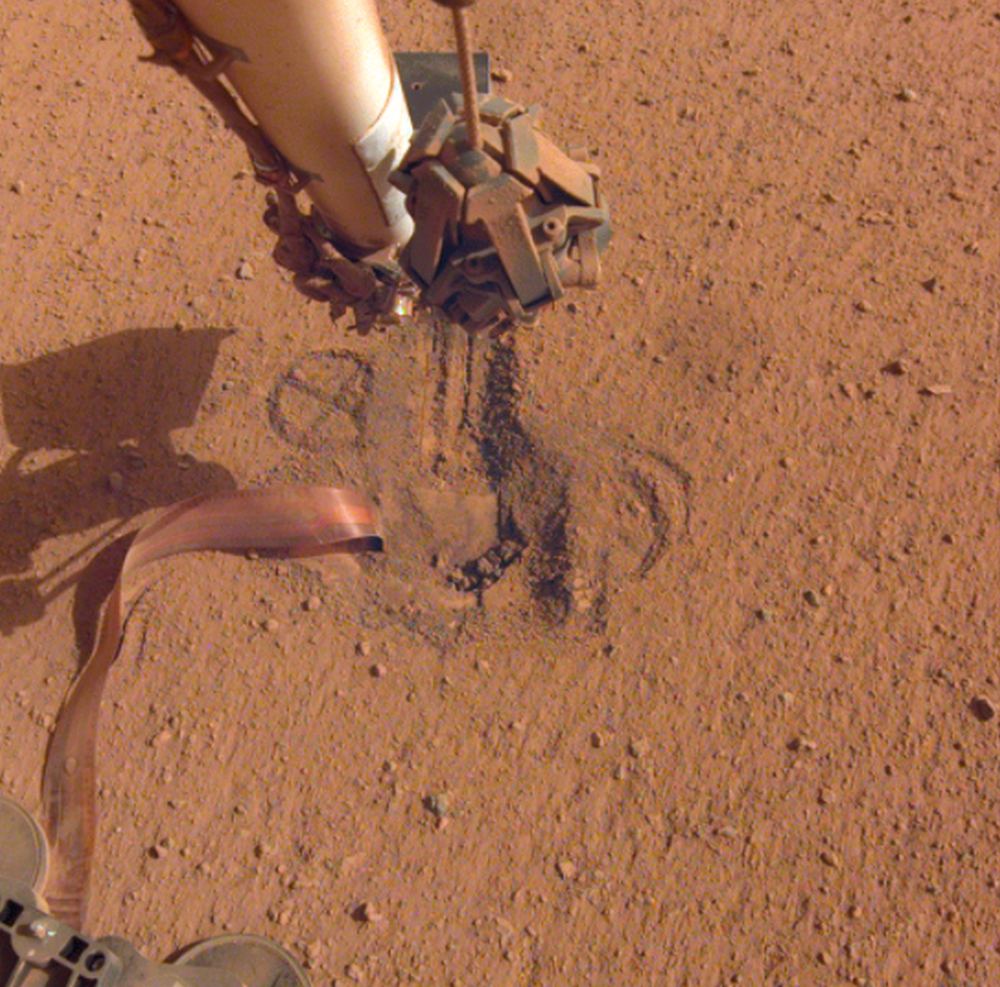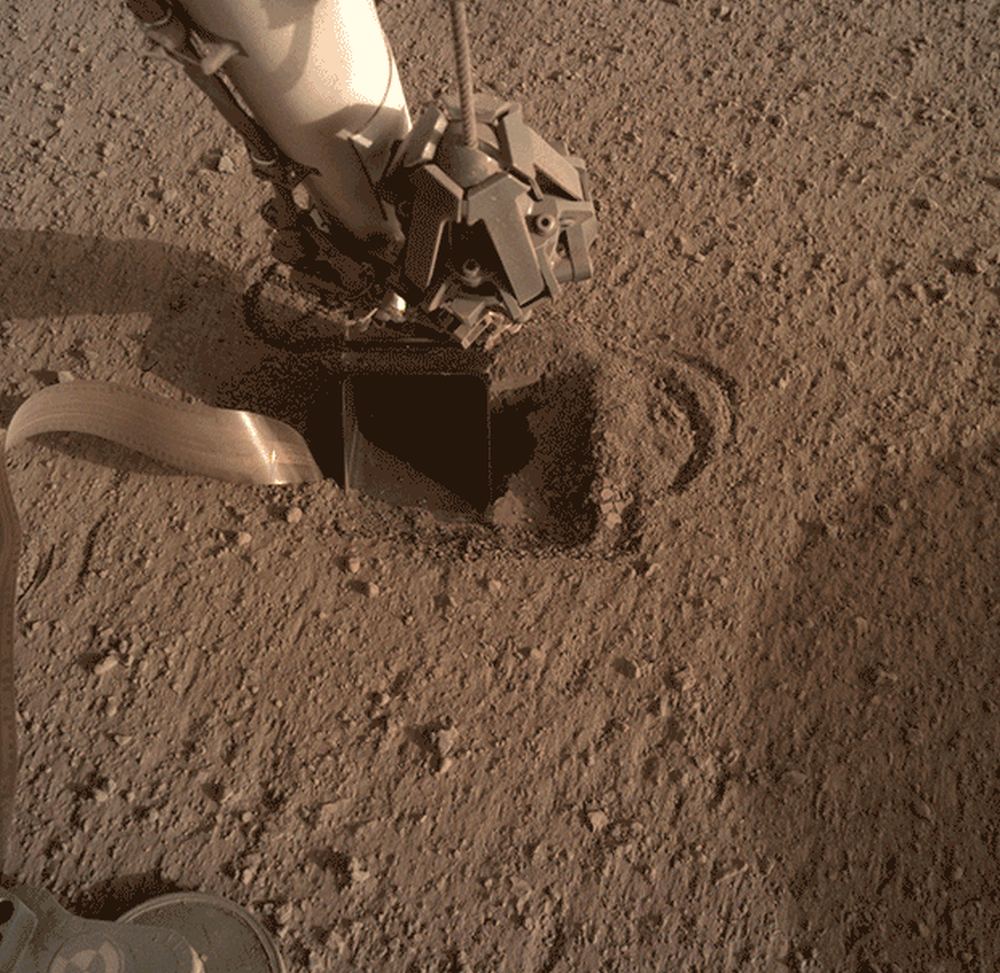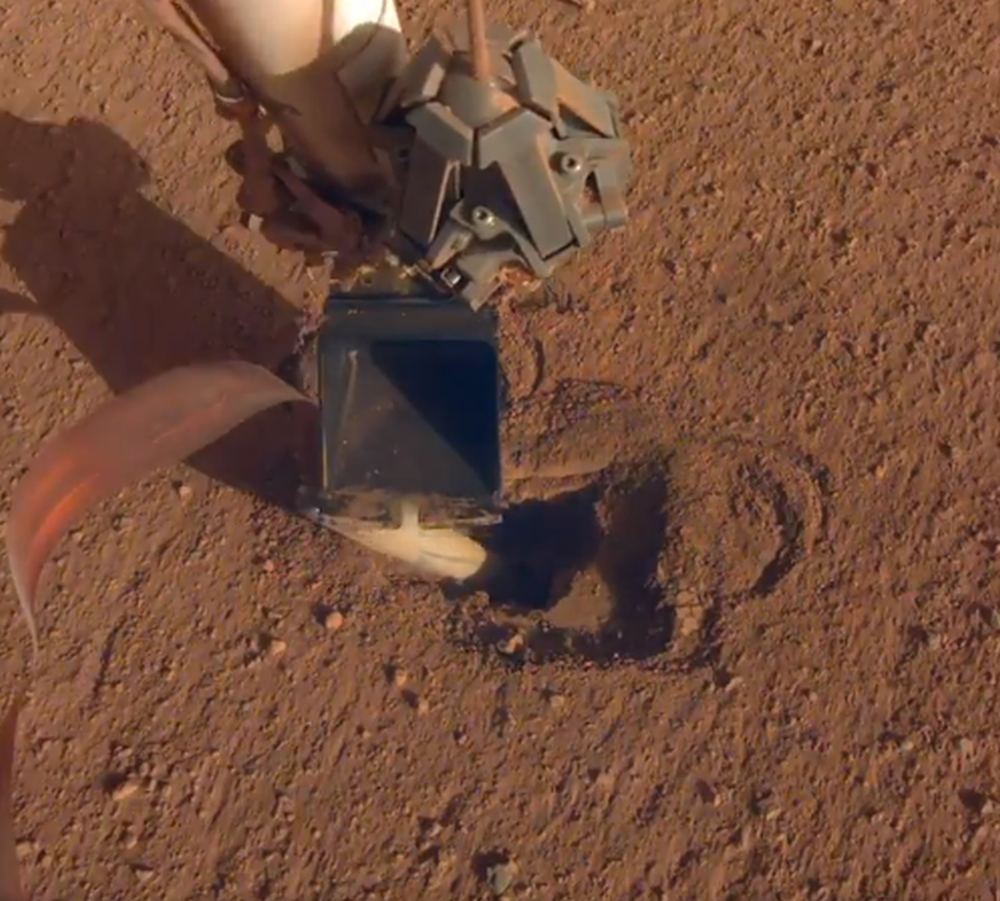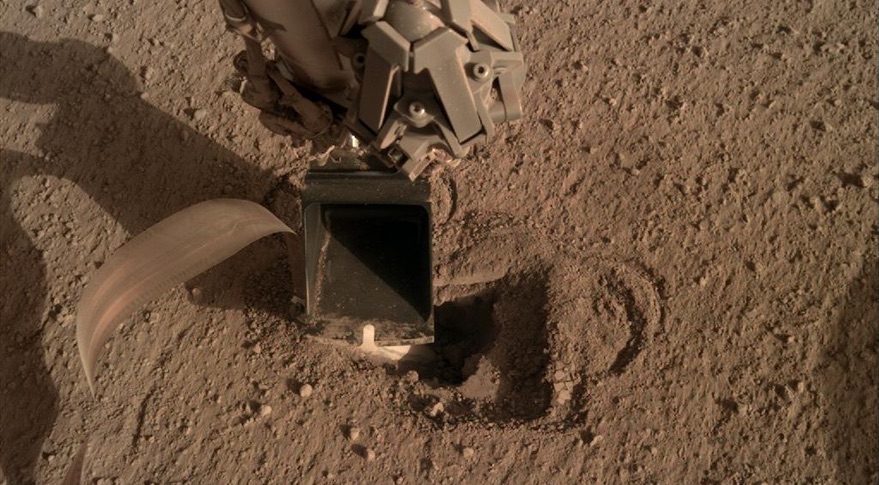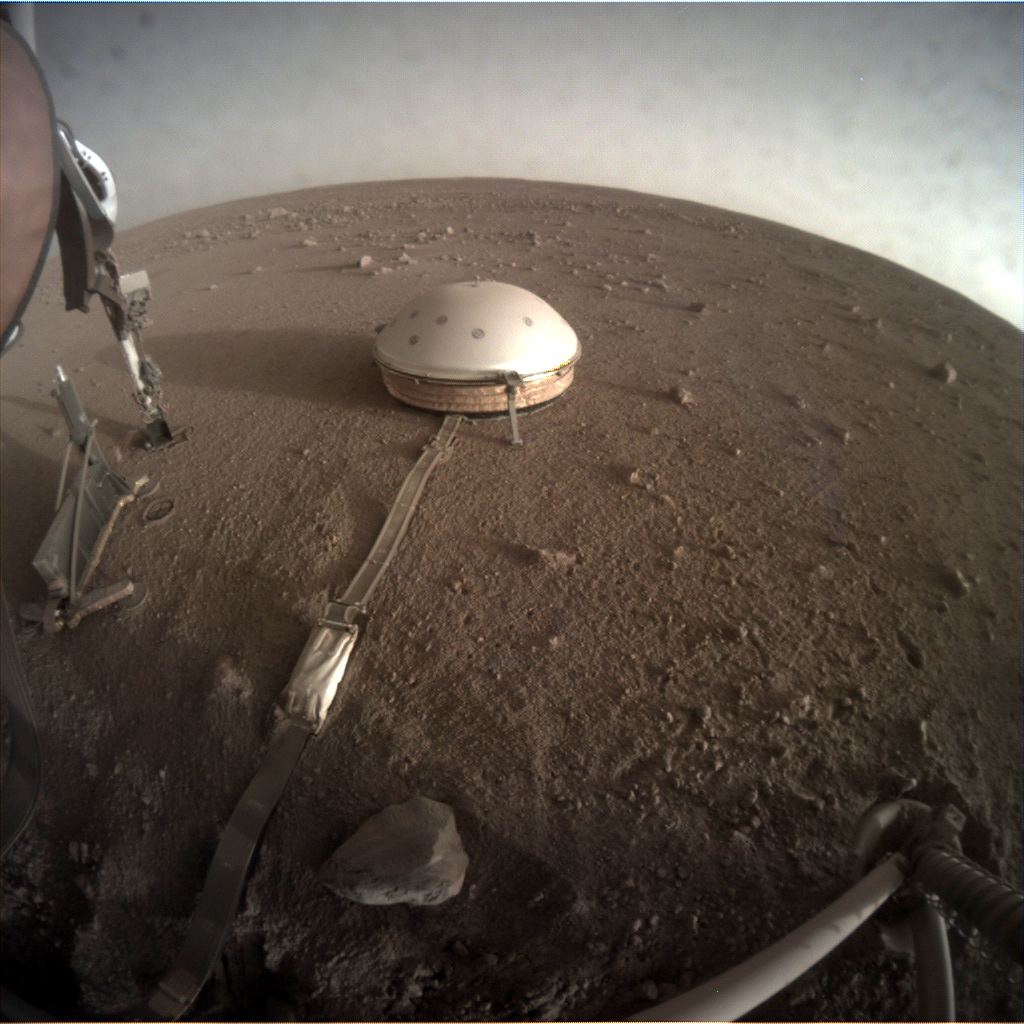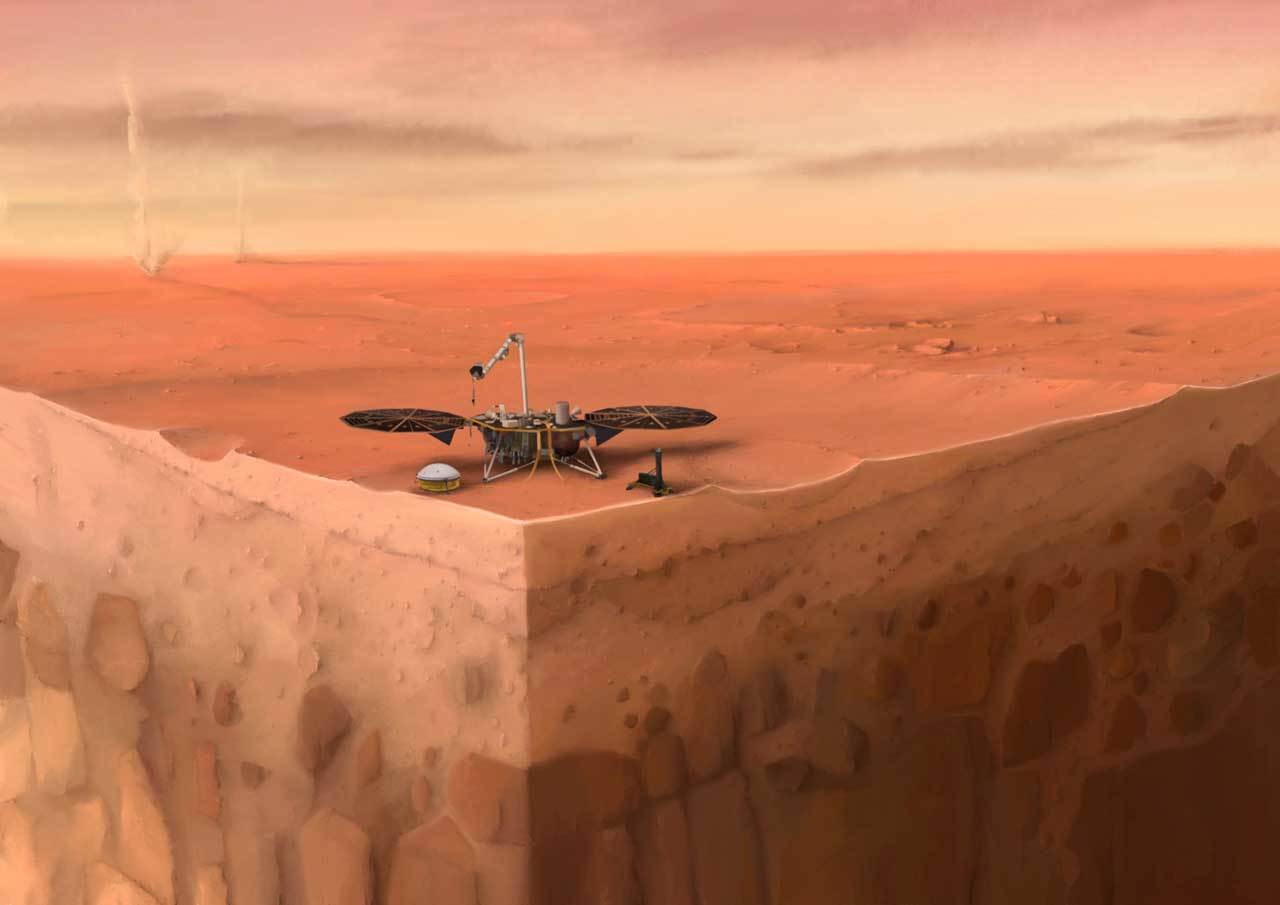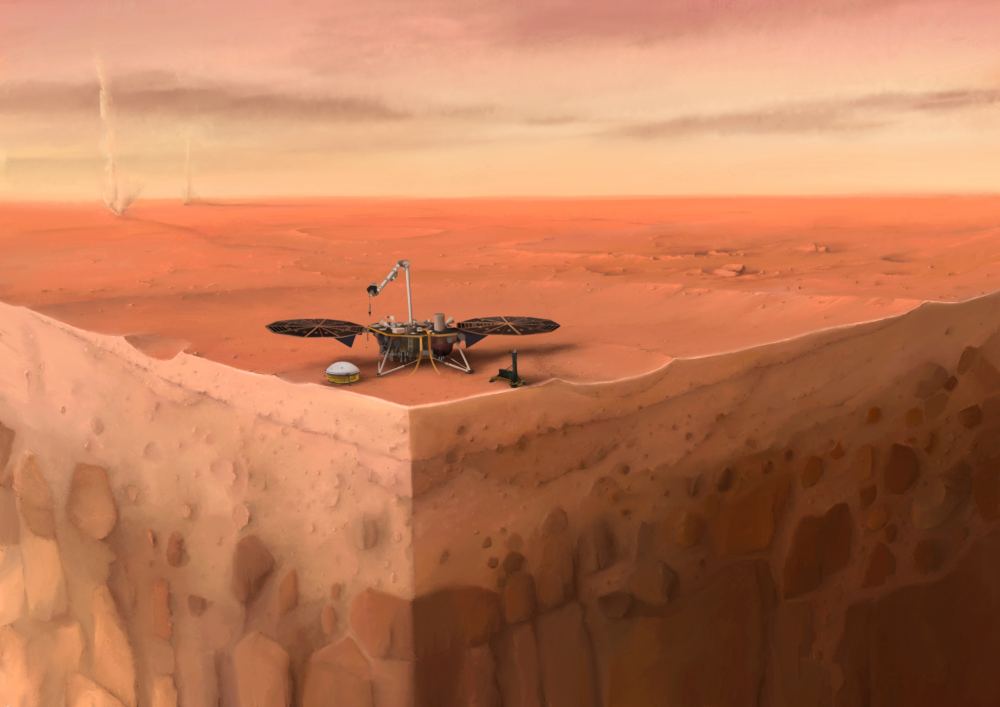It’s always a sad day when a mission comes to an end. And it’s even sadder when the mission never really got going in the first place.
That’s where we’re at with NASA’s InSight lander. The entire mission isn’t over, but the so-called Mole, the instrument designed and built by Germany’s DLR, has been pronounced dead.
Continue reading “NASA Has Given Up on Trying to Deploy InSight’s Mole”
